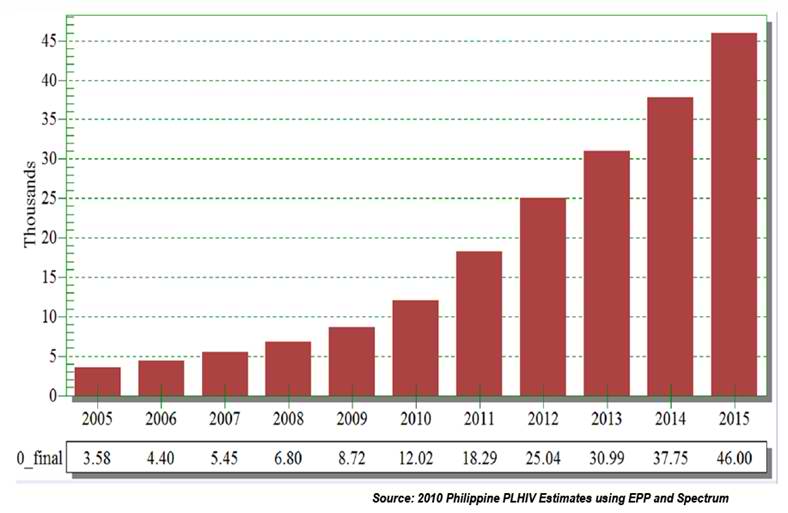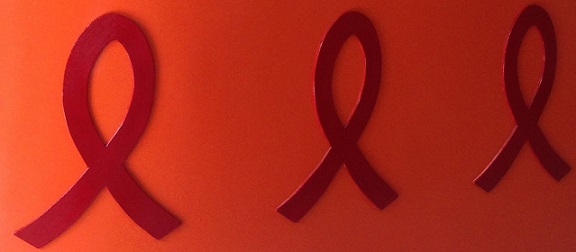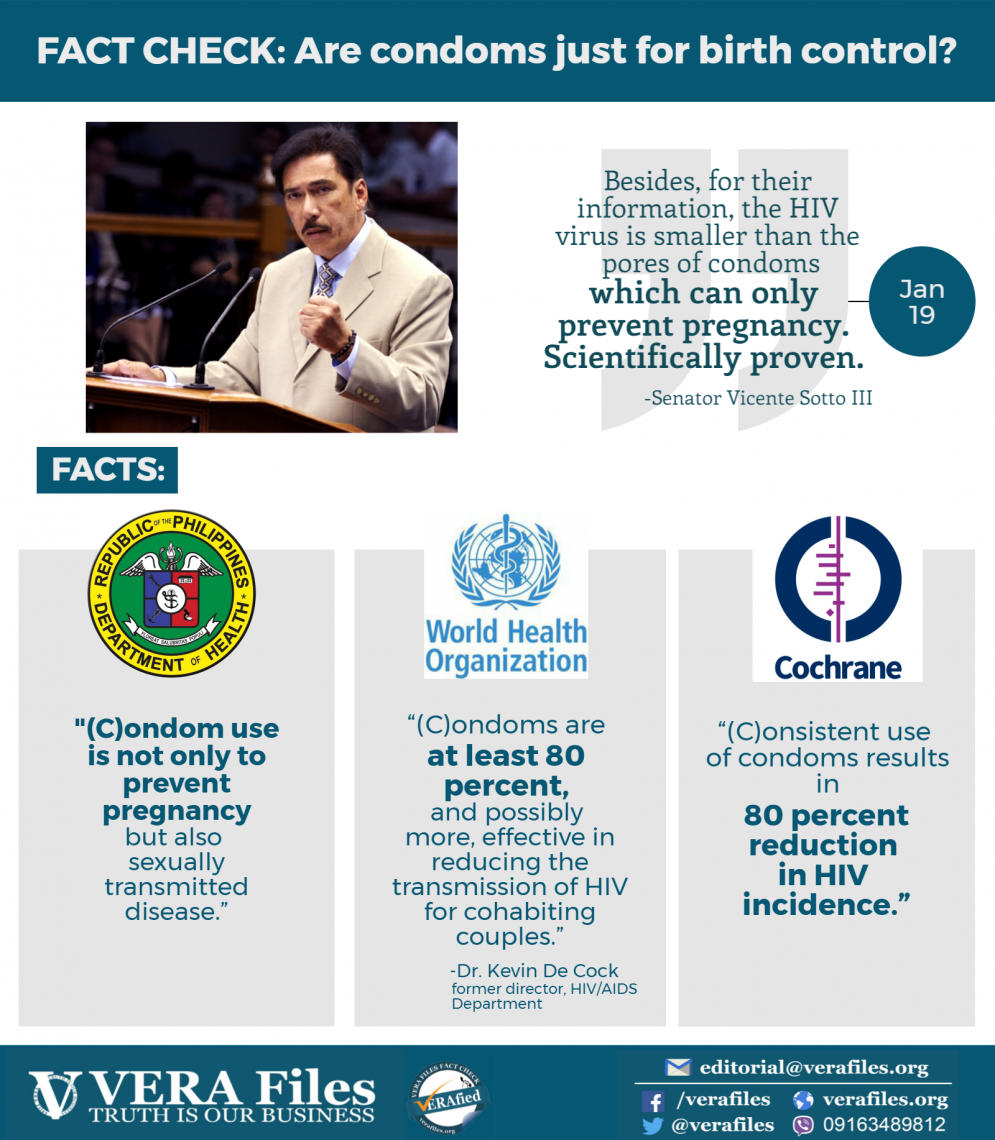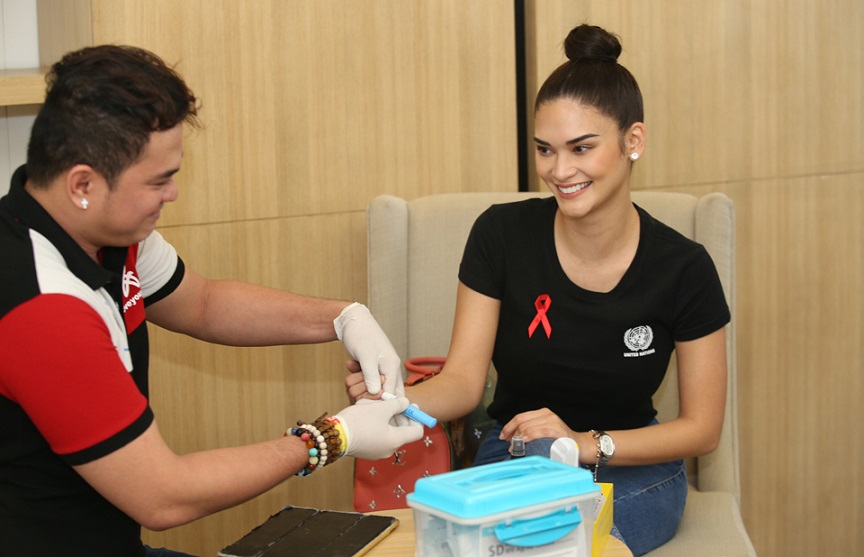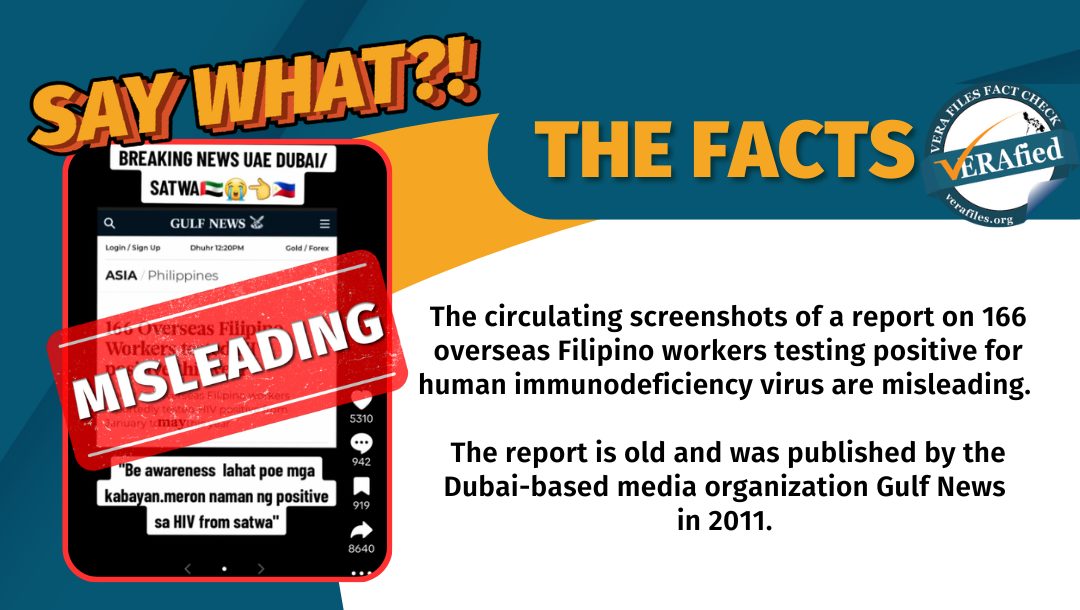By JOSEPH HOLANDES UBALDE
Interaksyon.com
TAGAYTAY CITY–Before President Benigno Aquino III ends his term in 2016, the HIV (human immunodeficiency virus) prevalence in the country would have gone up fourfold, said a Health department official Thursday.
Assistant Health Secretary Eric Tayag rang the alarm at a press conference here, saying that by 2015, the HIV prevalence rate in the country would shoot up to 45,000 from just 11,000 in 2008.
“Tinatakot na ho namin ang mga indibidwal sa ating bansa tungkol sa HIV, “ Tayag said. “Dapat mamulat sila sa katotohanan na hindi sila invincible at hindi sila exempted (We are already scaring all individuals in the country about HIV. They should open their eyes to the reality that they are not invincible nor exempted from this disease).”
Tayag said the Aquino administration is in a critical position to buck the rising trend in HIV cases in the country.
“The only reason why I’m mentioning the administration of President Aquino is that they have the opportunity to reduce the trend,” he said in Filipino.
Tayag added the projected HIV prevalence rate in 2015 does not necessarily reflect on the current administration since it usually takes three to five years before any measure implemented by the government on the disease could have any significant result. He also refused to allude to efforts of any previous administrations.
The prevalence of HIV is the sum of both old and new cases of the disease that include unreported cases to the Department of Health.
While the prevalence rate in the country remains below 1 percent, the number of new HIV cases in the country is on a steady rise. Between four and five new cases are being reported every day since 2010.
“The HIV epidemic in the Philippines has become a cause of concern not only among policy makers but more especially among persons living with HIV/AIDS,” Tayag said.
As of March 2011, 172 new cases of HIV were reported to the DOH. This figure is a 43 percent increase compared to the same period in 2010. This brings the total number of reported HIV cases to 6,498 since the DOH started recording cases in 1984.
As in 1995, more males have been infected with HIV than females. Based on the latest figures, 92 percent of the new HIV cases are males, while the median age is 27. The most number of new HIV cases came from young males between 20 and 29. Nearly half (49 percent) of the reported cases are from Metro Manila.
Most at risk
Tayag identified the most at risk population in the country to the deadly disease: registered female sex workers (RSFW), freelance female sex workers (FFSW), men who have sex with men (MSM) and injecting drug users.
So far, the MSM sector has been driving the AIDS epidemic in the country since 2007. Ten out of 16 regions in the country reported new HIV cases from MSM transmission.
The latest Integrated HIV Behavioral and Serologic Surveillance identified 10 sentinel areas with high HIV prevalence rates: Angeles, Baguio, Iloilo, Cebu, Davao, Cagayan de Oro, General Santos, Zamboanga, Quezon and Pasay.
The most alarming figures came from Cebu, which had 53 percent HIV transmission among the IDU population and 5.5 percent from the FFSW. Meanwhile, Pasay City registered 5.6 HIV prevalence rate among the MSM population.
Tayag said the dip in the prevalence rate among RFSW, or sex workers who are employed in establishments that are registered, is one of the successes of the HIV programs in the country.
He added that since RSFW have regular visits to social health clinics, they are more informed about HIV and better armed at protecting themselves.
Tayag appealed to Filipinos, especially those at high risk, to be more open-minded about having regular HIV tests. He also said reports showing HIV prevalence among homosexuals and bisexuals should not stigmatize the community, but rather prompt them to be more cautious.
“We emphasize that it’s not the sexuality but the behavior that makes you at risk,” he said.
